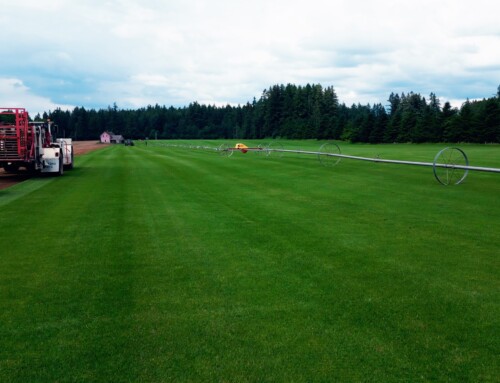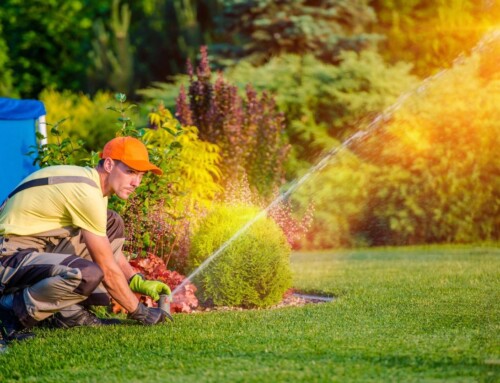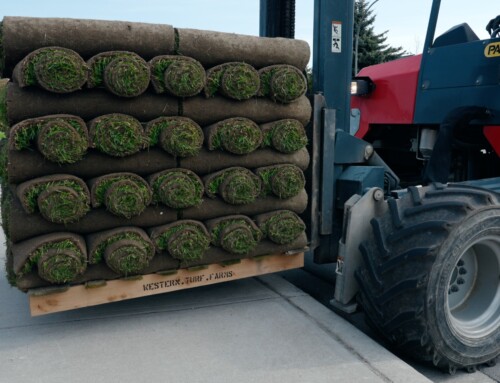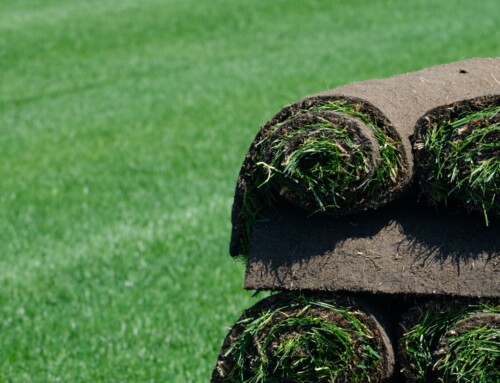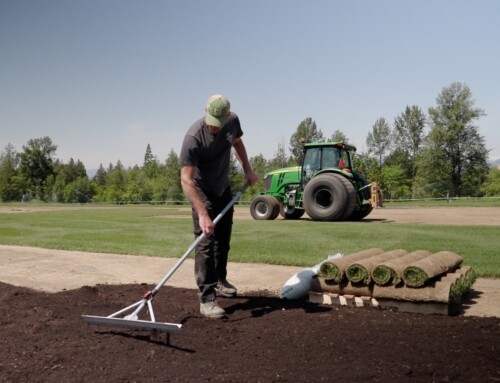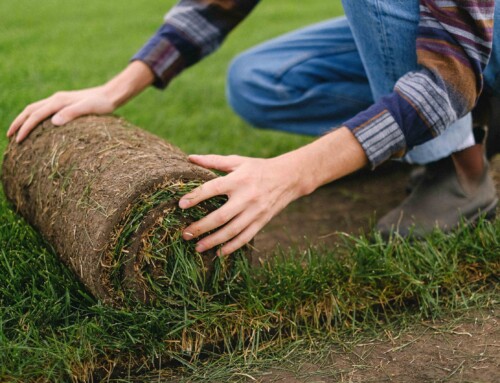During our first period of drought in Vancouver and the Lower Mainland, some drastic water conservation measures were put in place that extended over several months. For the first time in our lives we saw brown lawns as Canadians pitched in to do their part, complying with tough watering bans and other regulations. We also witnessed terrible air quality that prevented us from getting outside and enjoying the outdoors.
With the rain back in full force and our snow packs building, we have the opportunity to plan ahead for the next drought. By looking at how droughts impact our communities and the surrounding environment, we can begin to take steps to avoid a similar situation in the future.
Prolonged periods of drought is a new thing for us here, but it isn’t in areas of the United States. While copying strategies used in warmer climates like California or Texas for use in our region would be a mistake with disastrous consequences, we can adapt best practices from States with a climate similar to our own.
Fun Fact: A one acre lawn can absorb and clean hundreds of pounds of pollutants in a single year. –The Lawn Institute
Now that the drought won’t take us by surprise as it did, it’s time to consider how we can do things differently to create a more balanced approach and better outcomes for all.
The Good News
We’ve been taking this for granted, but grass plays a key role in moderating the effects of droughts and other weather extremes. In fact, healthy grass plays an important role in urban environments, contributing to air quality and reducing temperatures, among other things. The good news is that keeping grass alive and healthy doesn’t require as much water as many people think!
Here’s a few of the (many) practical benefits urban environments gain from grass:
- Grass traps and removes airborne particles and chemicals
- Grass reduces the risk of urban floods and erosion from mass runoff
- Grass reduces carbon dioxide and creates oxygen
- Grass improves soil quality, which is important to all living organisms
- Grass can reduce the ambient temperature by 5 degrees Celsius
Urban Lawns = Clean Water
How often do you wash your car in the driveway, or throw salt on the sidewalks in winter? Ever noticed a shiny, rainbow-hued residue of oil in a parking lot? Each time it rains, all of the chemicals and pollutants that are found in urban areas are washed away. These contaminated storm waters flow into municipal storm drains and straight out to nearby creeks, lakes, and streams. The resulting deluge of polluted water damages the water quality of these local waterways over time, and can quickly damage delicate aquatic ecosystems, harming local wildlife. Not only that, but the sheer speed and force of storm-waters barreling out of narrow drains during heavy rains are frequently powerful enough to cause major erosion issues down the way. As much as we appreciate the benefits of municipal storm drains, there are some definite drawbacks!
This is where the power of turf begins to shine. Healthy lawns provide several invaluable services to homeowners and their communities – especially during heavy rains. When storm waters fall on (or are piped to) an established healthy lawn, the dense shoots and roots of the grass act as a natural sponge and filter. Chemicals and other pollutants commonly found around the home become trapped and are broken down into harmless organic particles thanks to an amazing array of beneficial fungi, bacteria, and other microorganisms that are naturally found in grass lawns. In the meantime, the newly filtered storm waters make their way into local waterways or trickle down into the soil, eventually permeating deep into the ground to replenish local groundwater supplies.
Sod and Soil Erosion
Soil erosion tends to be a problem anytime strong water flows come into play, whether it’s in the local creek or the middle of your backyard. But what can you do about it without breaking the bank?
Simple, install a lawn! Grasses are uniquely adapted to stabilizing large areas of ground with their extensive, fibrous root systems. And while the roots hold the soil, the mass of leaf shoots create resistance to moving water. The result is slower moving storm waters that are actively getting filtered even as they move. Without a doubt, lawns are one of the ultimate low-cost methods of handling storm waters.
And with drought resistant, low water sods like our Enviro Organic Sod, homeowners can keep a healthy lawn even throughout summer drought!
Improving Air Quality
We’ve all heard about carbon sinks and their role in lessening the impacts of climate change, but many homeowners are unaware: lawns are carbon sinks too!
Like all plants, grasses absorb carbon dioxide from the air around them, transforming it into sugars (energy) through a chemical reaction called photosynthesis. The captured carbon remains trapped in the plant until it dies and is returned to the environment as nutritious organic matter for other plants and animals to use. Simple and effective! Unlike artificial means of carbon sequestration (storing carbon), lawns do so through natural processes which are more stable and enhance the environment over time.
Fun fact: Recent studies by NASA’s Earth Observatory suggest that the combined footage of US lawns could store up to the equivalent of 37 billion pounds of carbon in a year!
And don’t forget, plants produce oxygen as a byproduct of photosynthesis. So while your lawn is pulling carbon dioxide out of the air around you, it’s making breathable oxygen too. In fact, researchers have found that a 25 square foot lawn will produce enough oxygen each day (during the active growing season) to support 1 person. How many people can your lawn support?
Improved Soil Quality
Like all plants, the grasses found in residential lawns have a life cycle. As weather conditions change and lawns age, older leaf blades and roots naturally die back. Over time, the on-going addition of dead blades and roots (organic matter) to the soil creates a really nutrient rich soil that’s attractive to earthworms, bacteria, fungi, and all kinds of other beneficial microorganisms. The end result (and it doesn’t take long!) is a high quality soil with an improved ability to absorb and hold water.
Keep your lawn looking lush and beautiful by aerating and overseeding in the fall to replace grass lost to old age. It’s a cost effective way to promote healthy turf year round!
Temperature Modification
Thanks to a nifty process called evapotranspiration, turf grass has the ability to cool its surrounding environment by as much as 10-12 degrees Fahrenheit (4.6-6.7 C). No small feat in urban communities filled with concrete where radiant heat causes ‘heat island’ effect! Because of this lawns (and other landscape plants) create an effective buffer that reduces stress on people during summer’s heat. You didn’t think the trees were the only ones responsible for lowering your energy bill did you?
The Takeaway
Lawns are so much more than ‘just grass.’ They’ve become an integral part of our landscape, providing a myriad of valuable services for next to nothing. And that’s a cost that’s hard to beat! So before you rip up your lawn in favor of the latest so-called practical solution, ask yourself: “Can this do everything my lawn can?”
Need a little more convincing? Check out this interview CBC radio did with Alan White of the Canadian Nursery Landscape Association in August of 2015. We guarantee it’ll make you think!
Learn more about turf with these excellent resources:
Turfgrass Benefits and Issues, Stier et al
Think before you Remove your Lawn! – Benefits of Turfgrass

